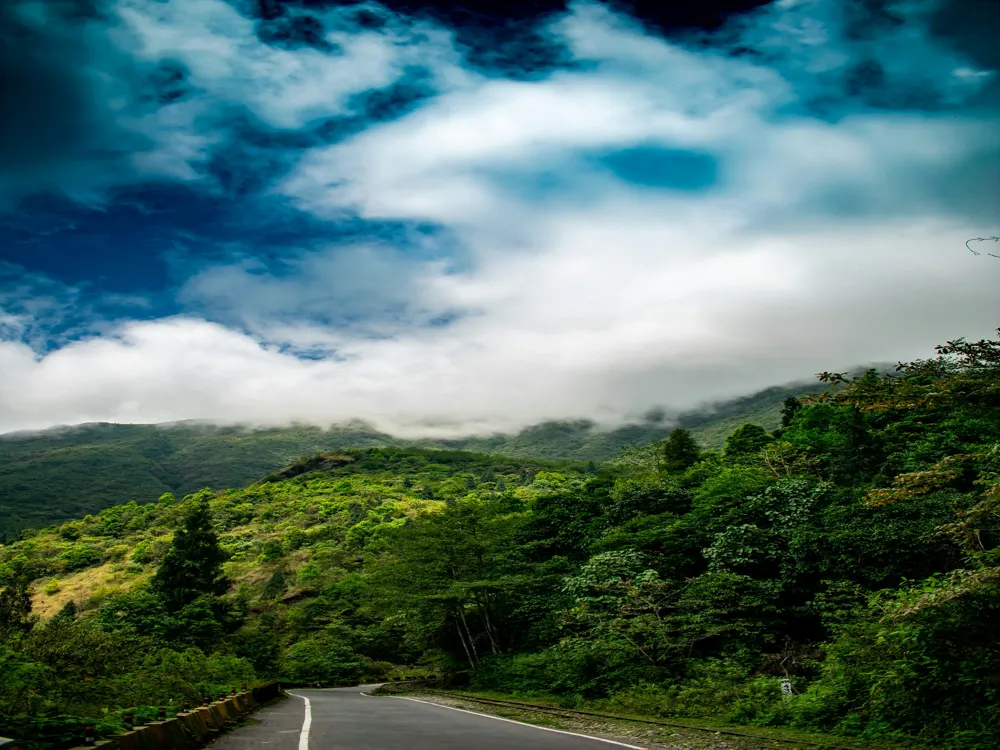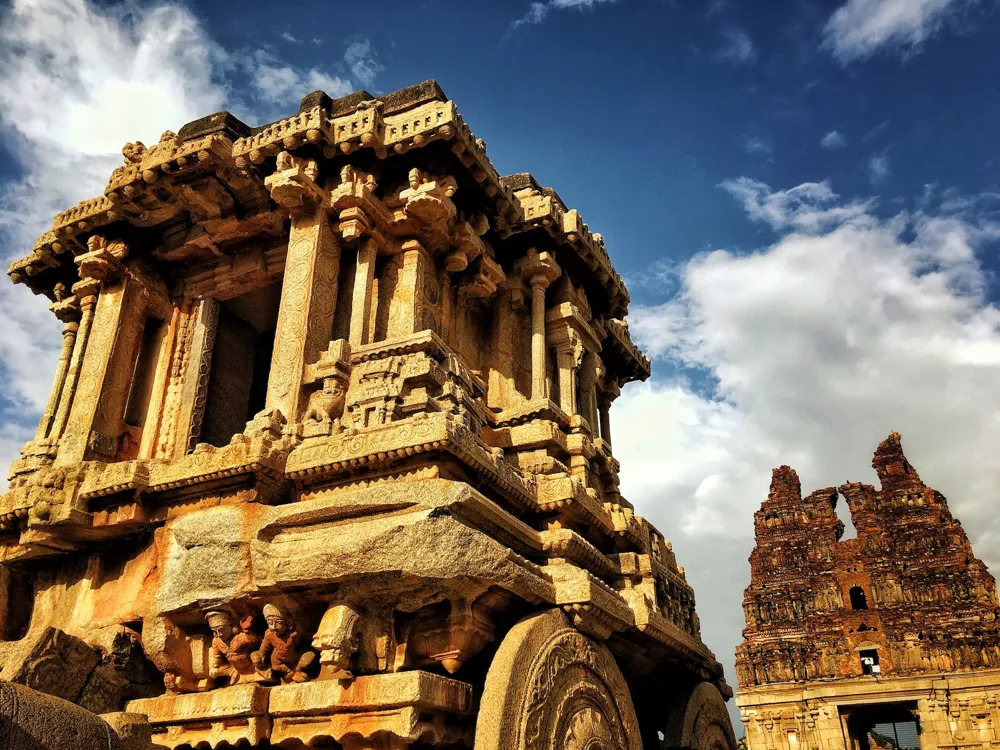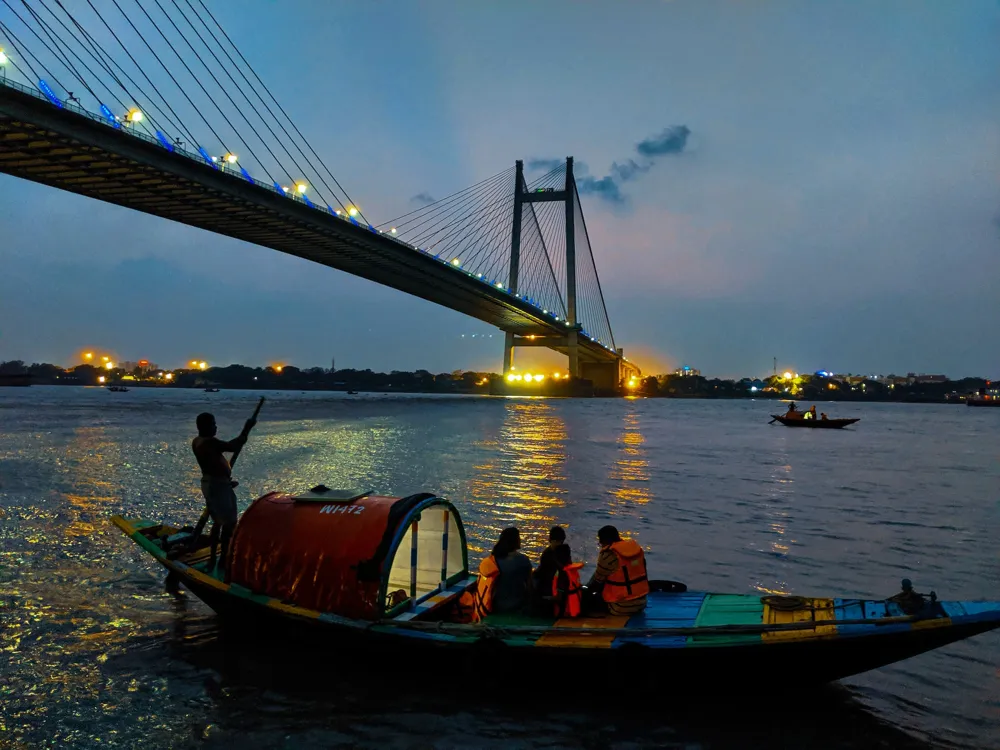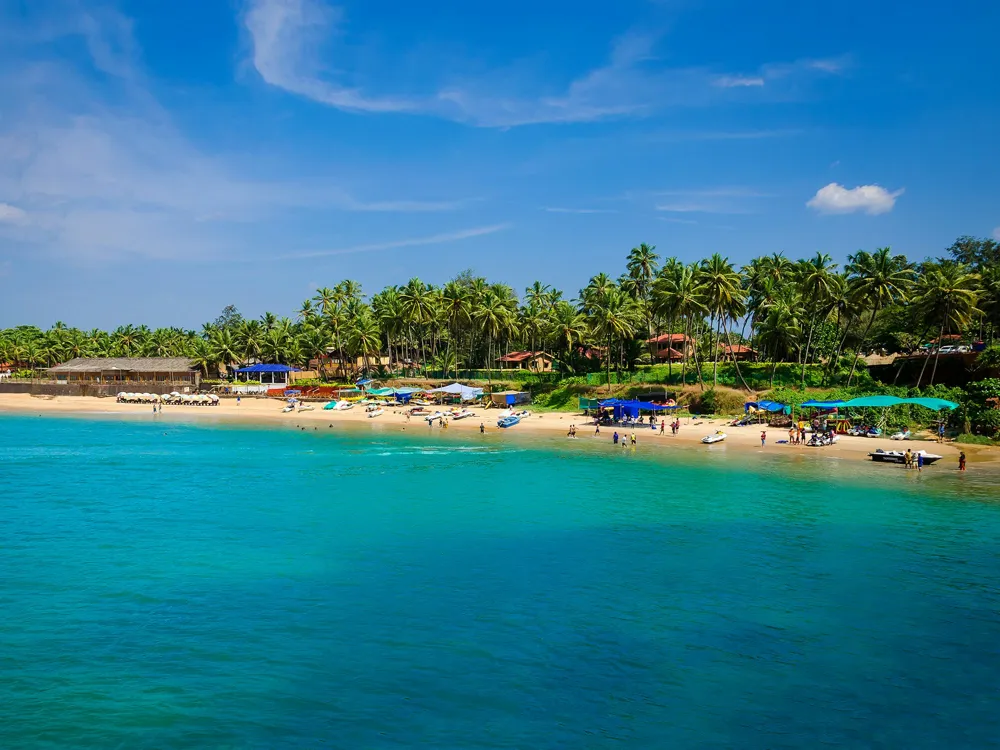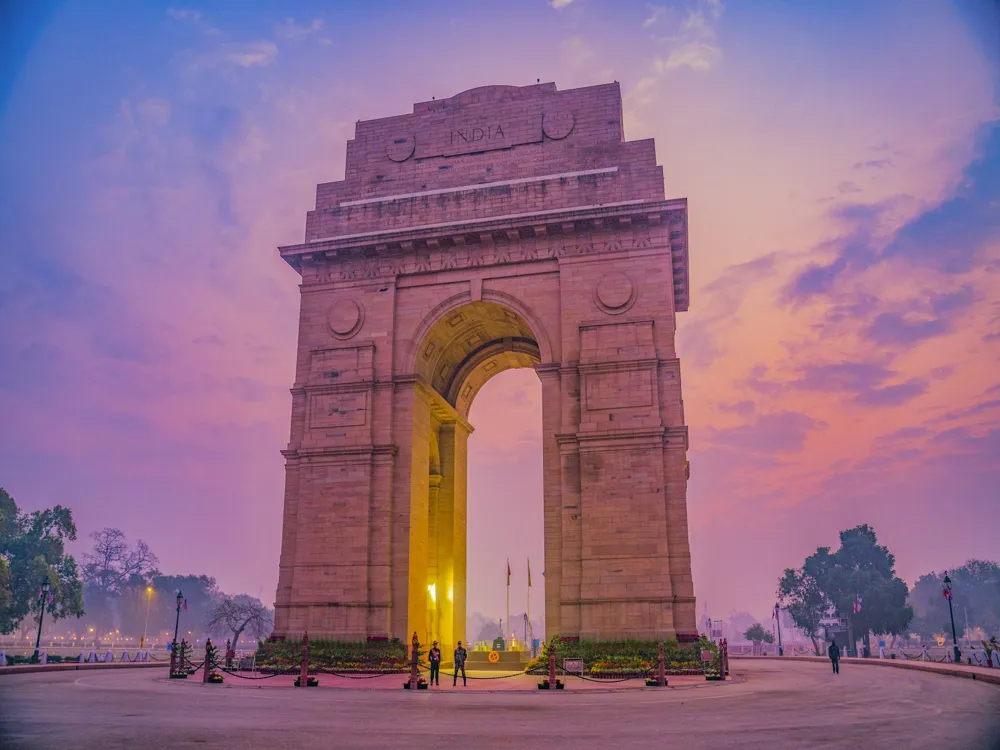Best Time to Visit Malda
West Bengal India
24 out of 38 Places to visit in West BengalNaN onwards View Packages
Get Customized PackagesThe Land of Diversity
Top Hotel Collections

Private Pool

Luxury Hotels

5-Star Hotels

Pet Friendly
What is the Best Time to Visit Malda?
When planning a trip to the enchanting city of Malda, it's crucial to time your visit just right to make the most of your experience. This guide will delve into the nuances of the best times to visit Malda, offering insights into each season's unique charm and appeal.
More about Best Time to Travel to Malda
Travel Peak Season in Malda
Malda, with its rich historical heritage and vibrant culture, beckons travelers from around the globe during its peak season. Running from October to March, this period boasts pleasant weather, making it ideal for exploring the city's iconic landmarks like the historic Adina Mosque and the Firoz Minar. The temperature hovers between 15 to 25 degrees Celsius, providing a comfortable and enjoyable atmosphere for sightseeing and outdoor activities.
Travel Offseason in Malda
For those seeking a more tranquil experience, the offseason in Malda, spanning from April to June, offers a unique charm. While temperatures may soar during these months, ranging from 25 to 40 degrees Celsius, this period allows for a more intimate exploration of Malda's attractions. Fewer crowds mean you can savor the serenity of the Gour, the ancient capital of Bengal, and the exquisite beauty of the Malda Museum without the hustle and bustle of peak tourist times.
Malda Travel Packages
View All Packages For Malda
Malda in Shoulder Season
The Perfect Blend of Mild Weather and Festivities
As the shoulder season embraces Malda, typically between late winter and early spring, the city experiences a delightful climate. The temperature hovers between a comfortable 20-25°C, making it an ideal time for exploration. Visitors can revel in the festivities like the famous Malda Mango Festival, showcasing the region's exquisite produce. The blooming flora adds a touch of vibrancy, creating a picturesque setting for an unforgettable experience.
Malda in Hot Season
Embracing the Warmth: Malda's Hot Season Extravaganza
When the sun reigns supreme in Malda, the city transforms into a haven for sunseekers. The hot season, typically from March to June, sees temperatures rise but unveils its own unique allure. Indulge in refreshing mango treats, visit historical landmarks like the Adina Mosque, and experience the rich cultural tapestry that Malda proudly displays under the warm sun.
Malda in Rainy Season
Monsoon Magic: Malda's Enchanting Rainy Season
As the monsoon clouds grace Malda between July and September, the city undergoes a lush transformation. The rain-kissed landscapes come alive with vivid greens, creating a mesmerizing panorama. Explore the Gour and Pandua regions, where historical ruins take on a mystical charm in the drizzling rain. The local cuisine, especially the delectable Fulkopir Paturi, adds a culinary delight to your rainy season escapade.
Malda in Cool Season
Crisp Air and Cultural Delights: Malda's Cool Season Extravaganza
As the cool season descends upon Malda from October to February, the city dons a refreshing cloak of crisp air and clear skies. It's the perfect time for history enthusiasts to delve into the remnants of the ancient Gour Kingdom, including the iconic Malda Fort. The cool breeze invites you to explore the serene beauty of the Gajol Doba, a picturesque lake surrounded by lush greenery. Don't miss the opportunity to savor Malda's famous Sitabhog sweet, a winter delicacy.
Conclusion
Malda, with its diverse offerings in every season, stands as a year-round destination for discerning travelers. From the festivities of the shoulder season to the monsoon magic, hot season extravaganza, and cool season delights, Malda promises an immersive experience, transcending the boundaries of time and weather.
Places To Visit In Malda
Nearby Places Malda
Malda Photos
View All Photos For MaldaBrowse Package Collections
Browse Hotel Collections
Faq
Q1: What is the ideal time to visit Malda?
The best time to visit Malda is during the winter months, from November to February. The weather is pleasantly cool, making it perfect for exploring the historical sites and natural attractions.
Q2: Is Malda suitable for a summer visit?
While Malda experiences hot and humid weather during the summer months (March to June), it is still possible to visit if you can tolerate the heat. Make sure to stay hydrated and plan your activities during the early morning or late afternoon.
Q3: Are there any specific events or festivals that make certain months more appealing?
Malda is known for its vibrant festivals. If you're interested in cultural experiences, plan your visit during the Malda Mango Festival held in May or the week-long Ganga Mela in January, showcasing traditional music, dance, and rituals.
Q4: How is the monsoon season in Malda, and is it advisable to visit during this time?
Monsoon season in Malda (July to September) brings heavy rainfall. While the lush green landscape is a sight to behold, outdoor activities may be limited. If you enjoy the monsoon ambiance, it could be a unique time to visit, but be prepared for occasional disruptions due to rain.
Q5: Can Malda be visited year-round, or are there any months to avoid?
Malda can be visited throughout the year, but it's advisable to avoid the peak of summer if you're not comfortable with high temperatures. Additionally, the monsoon season may pose challenges for outdoor activities, so plan accordingly.


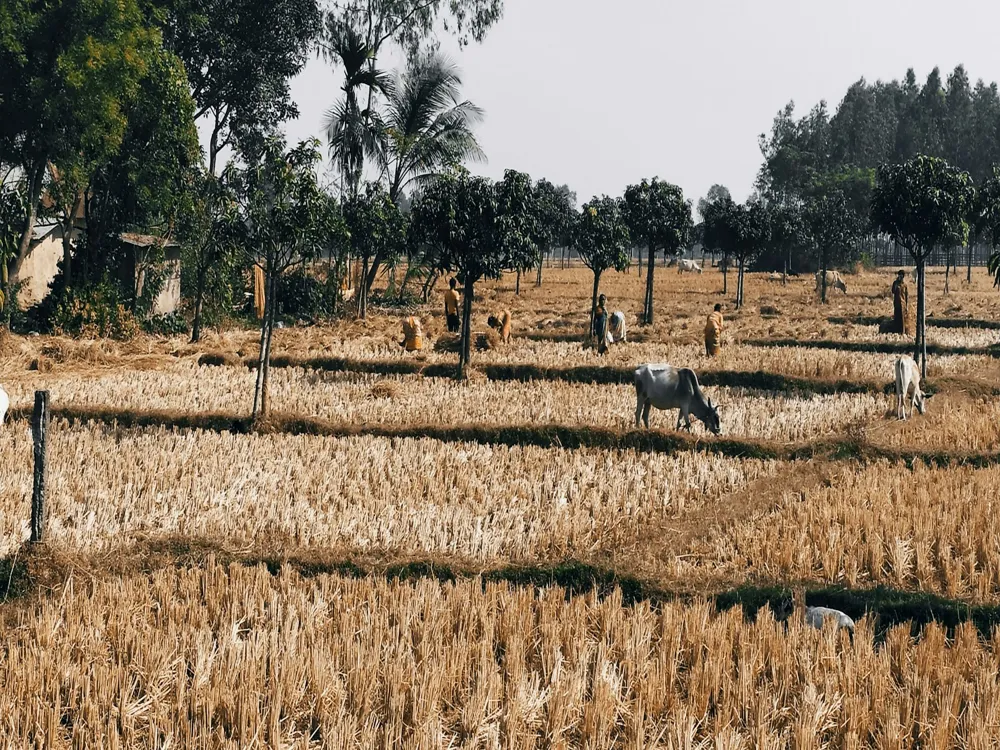


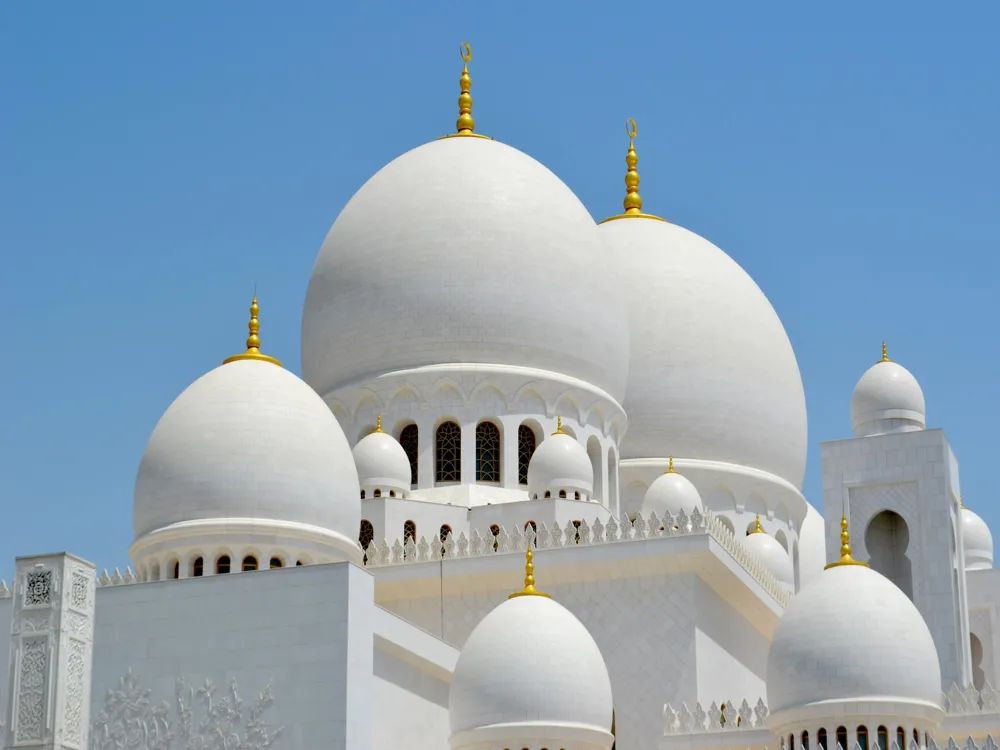
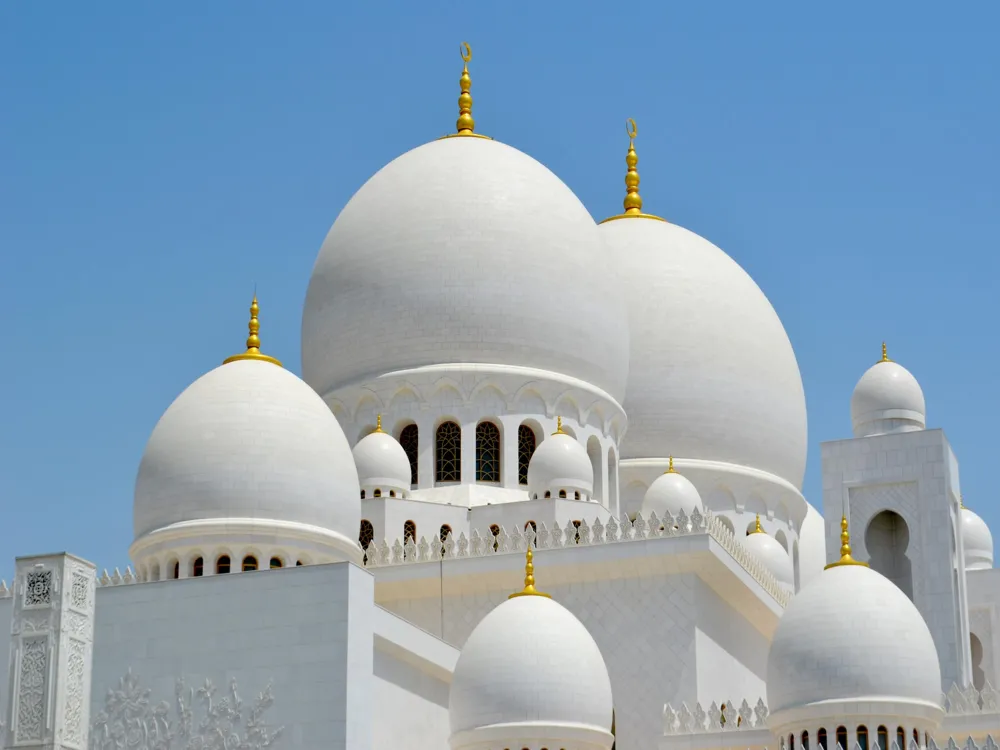
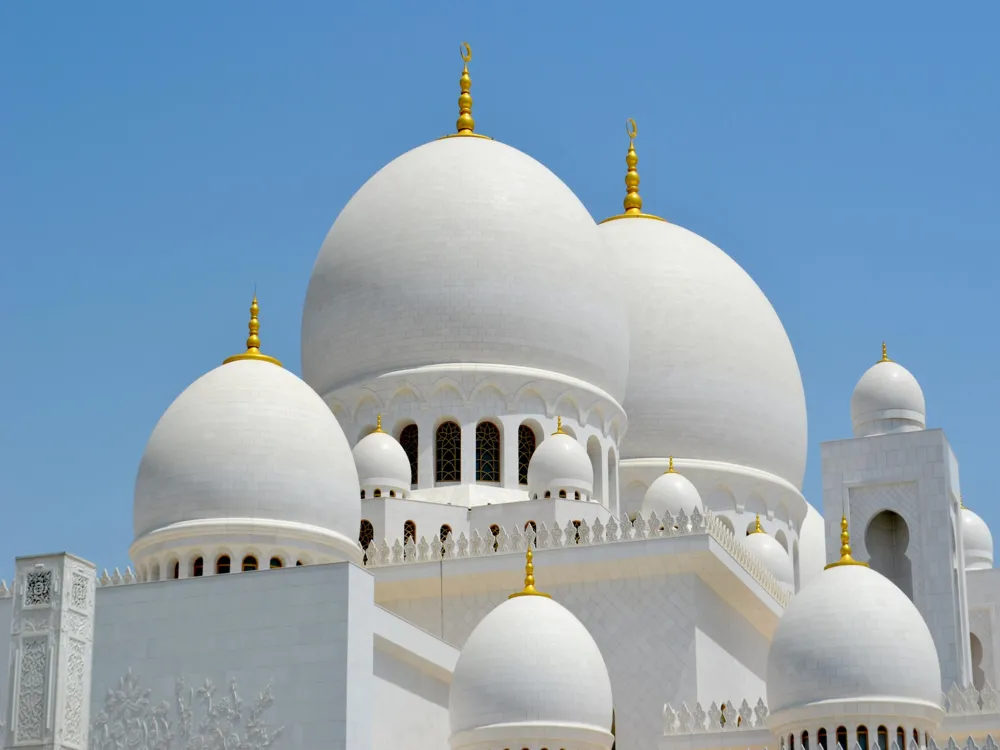

/eklakhi-mausoleum-pandua-slider-1.webp)
